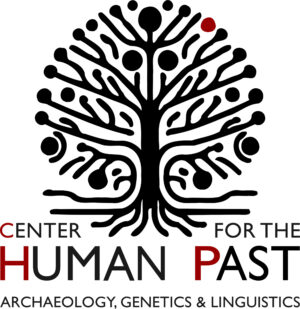
Center for the Human Past

Human Past Journal Club

Discussion paper:
Gretzinger, J., Biermann, F., Mager, H. et al. Ancient DNA connects large-scale migration with the spread of Slavs. Nature 646, 384–393 (2025).
https://doi.org/10.1038/s41586-025-09437-6
Abstract
The second half of the first millennium CE in Central and Eastern Europe was accompanied by fundamental cultural and political transformations. This period of change is commonly associated with the appearance of the Slavs, a development supported by textual evidence and coinciding with the emergence of similar archaeological horizons. However, so far, there has been no consensus on whether this archaeological horizon spread through migration, Slavicisation, or a combination of both. Genetic data remain sparse, especially due to the widespread practice of cremation during the early phase of Slavic settlement. Here, we present genome-wide data from 555 ancient individuals, including 359 samples from Slavic contexts dating back to as early as the seventh century CE. Our data demonstrate large-scale population movement from Eastern Europe during the sixth to eighth centuries, replacing more than 80% of the local gene pool in Eastern Germany, Poland, and Croatia. Yet, we also show substantial regional heterogeneity as well as a lack of sex-biased admixture, indicating varying degrees of cultural assimilation of the autochthonous populations. Comparing archaeological and genetic evidence, we find that the change in ancestry in Eastern Germany coincided with a change in social organisation, characterised by an intensification of inter- and intra-site genetic relatedness and patrilocality. On the European scale, it appears plausible that the changes in material culture and language between the sixth and eighth centuries were connected to these large-scale population movements.
Moderator: Nikola Vuković (PhD candidate)